In Kabul, Residents Chase Receding Groundwater
The number and depth of wells is constantly increasing in Afghanistan’s capital city.
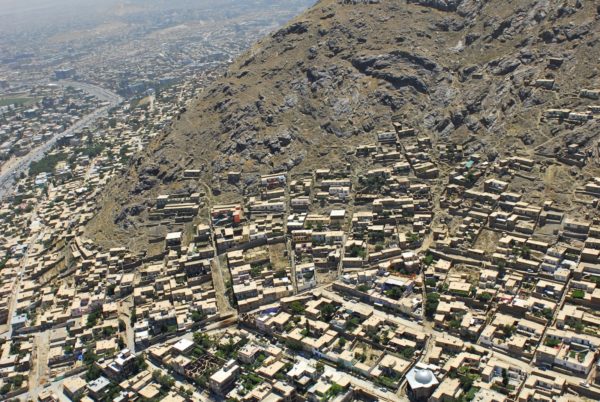
Kabul Houses on Mountain side. Photo courtesy of Wikimedia Commons.
Years of conflict coupled with an arid landscape have left residents of Kabul, Afghanistan, facing immense water shortages.
The capital city, which lies in the Kabul River Basin, is no stranger to water scarcity. Between the 1960s and early 2000s, groundwater levels fell by 6-7 meters in several parts of Kabul. Since then, water levels have continued to plummet.
Kabul’s water woes are driven by several forces. The city lies in a parched region prone to low rainfall and high temperatures. On average, Kabul receives a mere 362 mm (14 inches) of rainfall annually. Some years, the total is even lower. In 2001, the city recorded only 175 mm (6.9 inches) of precipitation.
At the same time, the city’s population is soaring. The current population, estimated around 4.5 million, is expected to reach 9 million by 2050. A 2014 study estimated that Kabul’s groundwater potential is approximately 44 million cubic meters per year–enough to supply only 2 million inhabitants.
Kabul’s water scarcity is also fueled by decades of war. Ongoing battles between militants, government forces, and international allies have destroyed much of the city’s water infrastructure. The Urban Water Supply and Sewerage Corporation (AUWSSC) of Afghanistan estimates that just 32 percent of Kabul’s population has access to running water, and only 10 percent of residents receive potable water.
The city’s inadequate water system forces many people to drill their own wells. In Kabul, the number and depth of wells is constantly increasing. Traditionally, residents were required to have a buffer zone of at least 100 meters between wells, but now many wells are 5 to 10 meters apart. Wells are getting progressively deeper, too, with many residents digging 10 to 20 meters lower than in the past. The deepest wells descend as low as 150 meters.
For some in Kabul, however, a well is not an option. Drilling a well typically costs more than $5,000, a impossible sum for many residents. The city’s poor must gather water from communal, hand-operated pumps, which are often far from home.
“The government mustn’t allow people to dig deep wells because it has caused many problems,” Mohammad Karim, a 60-year-old resident of Kabul, told Reuters. “The poor can’t dig deep wells, but that doesn’t mean they should die of thirst.”
A Summer of Scarcity
Current conditions in Kabul show no signs of relief for chronic water shortages. Winter rain and snowfall in Afghanistan was the lowest since 2002. Twenty of the country’s 34 provinces are suffering severe drought.
“This year drought has reached a level that we will have to announce an emergency in several parts of the country,” Hashmat Khan Bahaduri, a spokesman for the Afghanistan National Disaster Management Authority in Kabul, said in a statement. Water sources are already running dry, and conditions are expected to worsen over the hotter summer months. From June through September, Afghanistan’s average precipitation is 20 mm (less than 1 inch).
In recent weeks, escalating conflict has also roiled Kabul. In mid-April, militants blew up a transmission tower, cutting the city’s power supply by three-quarters. The outage, the fourth in several weeks, temporarily left residents without running water. Bombings and other attacks have continued for the past month. There is no clear end in sight.
Even without the fighting, Kabul’s water forecast is daunting. According to a 2010 report by the U.S. Geological Survey and the Afghan government, Kabul will require six times more water by 2050. In the same time period, researchers warn that half of the city’s shallow wells will likely run dry.
Resources And Further Reading
Afghan capital Kabul hit by explosion (Al Jazeera)
Afghan capital’s thirsty residents dig deep to combat drought, overuse (Reuters)
Climate: Kabul (Climate Data)
Emergency alerts loom as drought takes hold in war-torn Afghanistan (Reuters)
Kabul faces severe water crisis (The Guardian)
No power, running water in Kabul after militants blow up electricity pylon (The New Indian Express)
Water Crisis in Kabul Could Be Severe If Not Addressed (The SAIS Review)
Kayla Ritter is a recent graduate of Michigan State University, where she studied International Relations and Teaching English to Speakers of Other Languages. She is currently based in Manton, Michigan. Kayla enjoys running, writing, and traveling. Contact Kayla Ritter

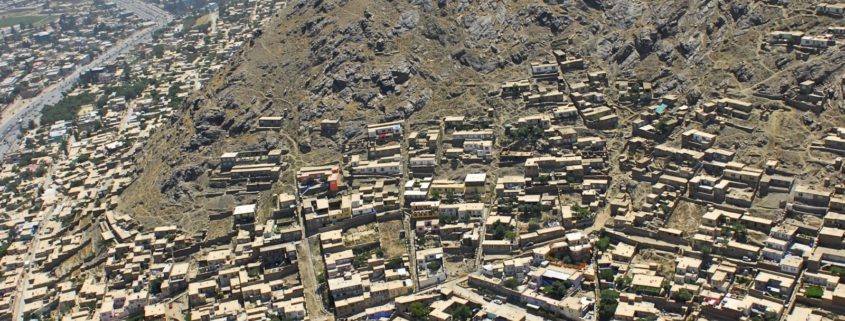

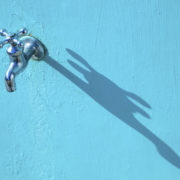
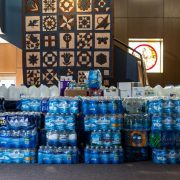

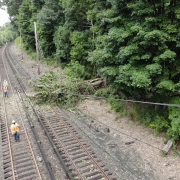
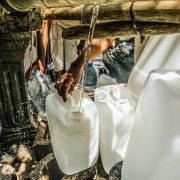
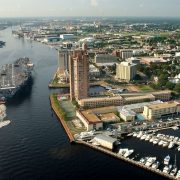

Trackbacks & Pingbacks
[…] Ritter, K. (2018, May 16). In Kabul, Residents Chase Receding Groundwater . Retrieved from https://www.circleofblue.org: https://www.circleofblue.org/2018/asia/in-kabul-residents-chase-receding… […]
[…] city have access to piped water and only around 10 per cent of them receive potable water (see here, and page 49 of this report). Aggravated by climate change (read our recent dispatch here), […]
Leave a Reply
Want to join the discussion?Feel free to contribute!